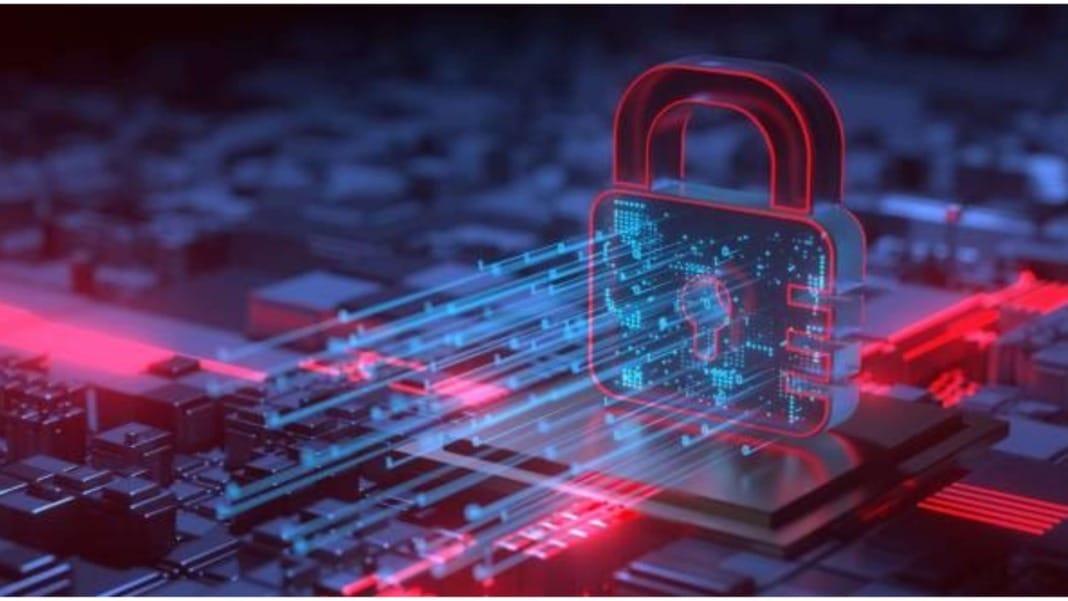In a significant advancement in technology deployment for sensitive environments, Microsoft has introduced a highly secure version of its artificial intelligence capabilities. This specialised AI, dubbed an ‘air gapped’ bot, has been designed exclusively for handling top-secret information and operating in a completely isolated environment.
A pioneering deployment in a secured environment
Microsoft’s Strategic Missions and Technology Chief Technology Officer, William Chappell, announced the deployment of this GPT-4 large language model at the “first-ever AI Expo for National Competitiveness” held in Washington, D.C. on Tuesday afternoon. This innovative setup operates within the Azure Government Top Secret cloud, which is only accessible through a government-only network, ensuring the utmost confidentiality and security.
According to Bloomberg, which first reported on this development, citing an unnamed executive, this marks the first instance a major language model like GPT-4 has been set up in an environment completely detached from the Internet. This ‘air gapped’ configuration underscores the critical importance of maintaining stringent security measures when handling highly sensitive data.
Static operation with specific capabilities
Unlike other AI models that continuously learn from the data they process or from broader internet connectivity, Microsoft’s air-gapped AI operates in a static mode. This means it does not learn from or adapt to the information it handles. Its primary functions include responding to queries and even coding, among other tasks, as detailed by Chappell in an interview with Bloomberg.
Chappell also noted that while the AI is already operational and active, it has not yet received accreditation for top-secret use by governmental agencies like the Pentagon. This accreditation is essential for its full deployment across various departments, whether for processing critical mission data or for internal functions such as human resources.
The introduction of such technology represents a significant leap forward in the secure application of artificial intelligence within government operations. While it awaits full accreditation for top-secret use, the potential applications and impact of this air-gapped AI are substantial, paving the way for enhanced security protocols in sensitive information handling.





